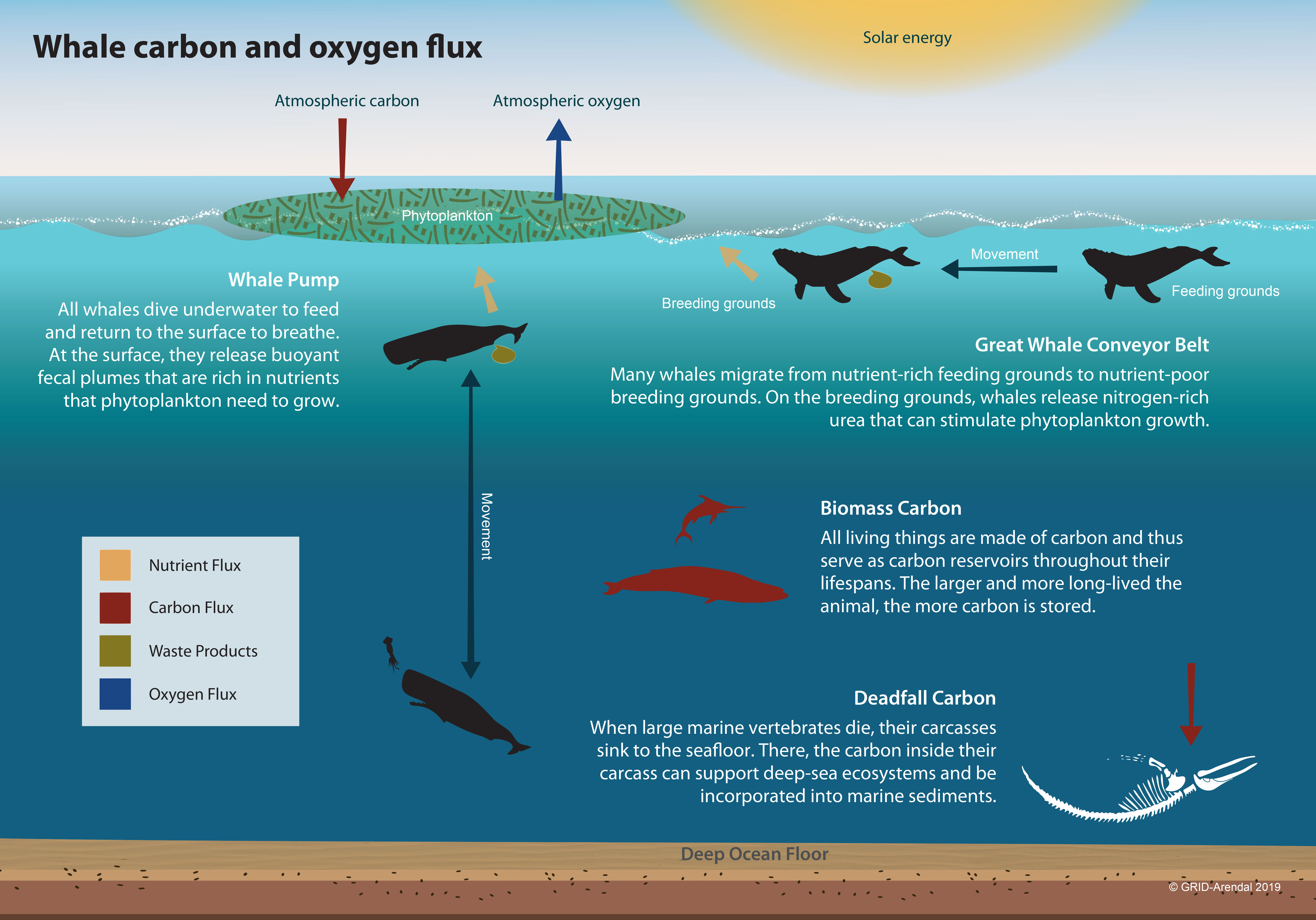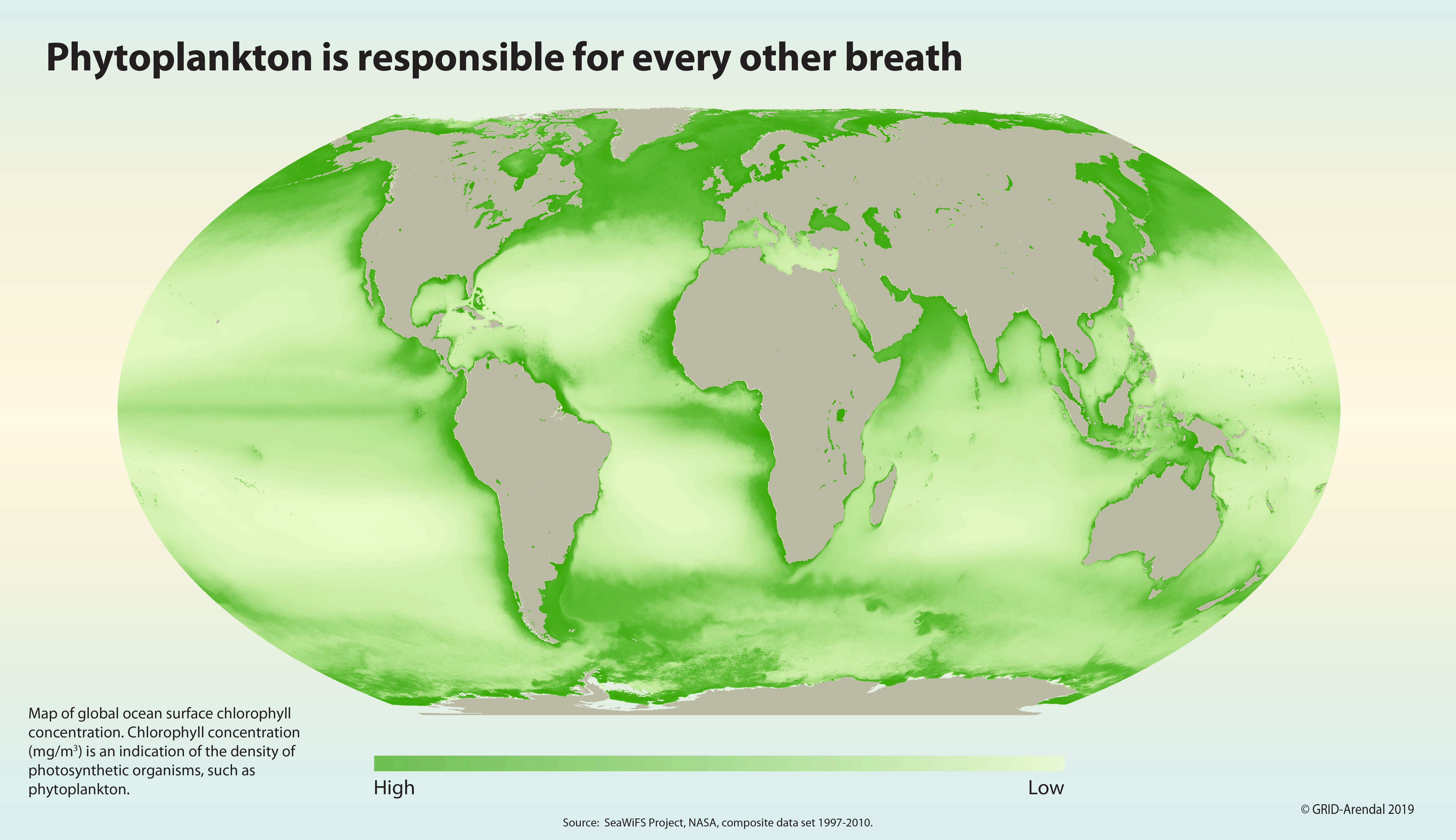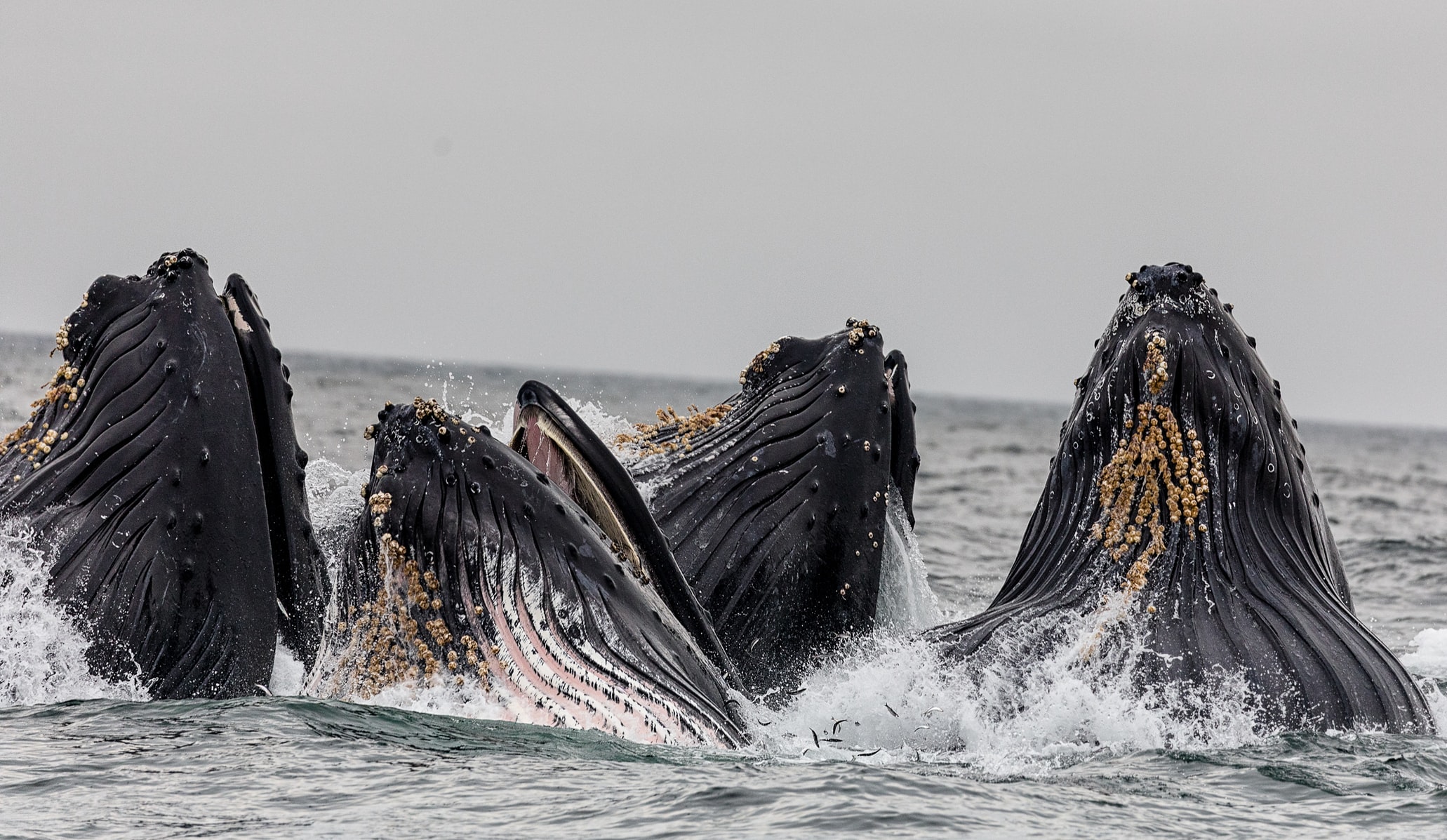
- Sustainable Planet -
- 7mins -
- 1,169 views
How protecting whales could be our best defence against climate change
Marine biologists have recently discovered that whales—especially the great whales—play a significant role in capturing carbon from the atmosphere.
When it comes to saving the planet, one whale is worth thousands of trees
A team of economists at the International Monetary Fund (IMF) wanted to convey to the public just how important whales are, so they put it in terms we could all understand: money. New analysis puts a price tag on exactly how much whales are worth to us, and why we should care about the world’s whale population. It was found that whales absorb large amounts of carbon in their bodies. During the lifetime of the average whale, which is 60 years, it will sequester 33 tons of CO2. In comparison, a tree absorbs up to 48 pounds of CO2 each year.

Could Whales be Nature’s Solution to Climate Change?
Scientific research now indicates more clearly than ever that our carbon footprint—the release of carbon dioxide (CO2) into the atmosphere where it contributes to global warming through the so-called “greenhouse effect”—now threatens our ecosystems and our way of life. But efforts to mitigate climate change face two significant challenges:
- The first is to find effective ways to reduce the amount of CO2 in the atmosphere or its impact on average global temperature.
- The second is to raise sufficient funds to put these technologies into practice.
Many proposed solutions to global warming, such as capturing carbon directly from the air and burying it deep in the earth, are complex, untested, and expensive. The International Monetary Fund (IMF) posed this question: What if there were a low-tech solution to this problem that not only is effective and economical, but also has a successful funding model?
An example of such an opportunity comes from a surprisingly simple and essentially “no-tech” strategy to capture more carbon from the atmosphere: increase global whale populations!
Source: IMF

The carbon capture potential of great whales is staggering
Marine biologists recently discovered that whales—especially the great whales—play a significant role in capturing carbon from the atmosphere. And international organisations have implemented programs such as Reducing Emissions from Degradation and Deforestation (REDD) that fund the preservation of carbon-capturing ecosystems.
Adapting these initiatives to support international efforts to restore whale populations could lead to a breakthrough in the fight against climate change.
The carbon capture potential of whales is truly staggering. Whales accumulate carbon in their bodies during their long lives. When they die, they sink to the bottom of the ocean; each great whale sequesters 33 tons of CO2 on average, taking that carbon out of the atmosphere for centuries. A tree, meanwhile, absorbs only up to 48 pounds of CO2 a year.
Protecting whales could add significantly to carbon capture because the current population of the largest great whales is only a small fraction of what it once was. Sadly, after decades of industrialised whaling, biologists estimate that overall whale populations are now to less than one fourth what they once were. Some species, like the blue whales, have been reduced to just 3% of their previous numbers. Thus, the benefits from whales’ ecosystem services to us and to our survival are much less than they could be.
But this, say the IMF, is only the beginning of the story.
Source: IMF

Letting whales live benefits us, the planet, and of course the whales themselves
This is where the whales come in. If whales were allowed to return to their pre-whaling number of 4 to 5 million—from slightly more than 1.3 million today—it could add significantly to the amount of phytoplankton in the oceans and to the carbon they capture each year.
At a minimum, even a 1% increase in phytoplankton productivity thanks to whale activity would capture hundreds of millions of tons of additional CO2 a year, equivalent to the sudden appearance of 2 billion mature trees. Imagine the impact over the average lifespan of a whale, more than 60 years.
Despite the drastic reduction in commercial whaling, whales still face significant life-threatening hazards, including ship strikes, entanglement in fishing nets, waterborne plastic waste, and noise pollution. While some species of whales are recovering—slowly—many are not.
Enhancing protection of whales from human-made dangers would deliver benefits to ourselves, the planet, and of course, the whales themselves. This “earth-tech” approach to carbon sequestration also avoids the risk of unanticipated harm from suggested untested high-tech fixes. Nature has had millions of years to perfect her whale-based carbon sink technology. All we need to do is let the whales live.
So now we turn to the economic side of the solution. Protecting whales has a cost. Mitigating the many threats to whales involves compensating those causing the threats, a group that includes countries, businesses, and individuals. Ensuring that this approach is practical involves determining whales’ monetary value. See below.
Source: IMF

What is the monetary value of a whale?
Proper valuation is warranted if the IMF is to galvanise businesses and other stakeholders to save the whales by showing that the benefits of protecting them far exceed the cost. IMF estimated the value of an average great whale by determining today’s value of the carbon sequestered by a whale over its lifetime, using scientific estimates of the amount whales contribute to carbon sequestration, the market price of carbon dioxide, and the financial technique of discounting.
To this, they also add today’s value of the whale’s other economic contributions, such as fishery enhancement and ecotourism, over its lifetime. IMF conservative estimates put the value of the average great whale, based on its various activities, at more than $2 million, and easily over $1 trillion for the current stock of great whales.
Source: IMF.org

A new mindset is needed urgently
Coordinating the economics of whale protection must rise to the top of the global community’s climate agenda. Since the role of whales is irreplaceable in mitigating and building resilience to climate change, their survival should be integrated into the objectives of the 190 countries that in 2015 signed the Paris Agreement for combating climate risk.
International institutions and governments, however, must also exert their influence to bring about a new mindset—an approach that recognises and implements a holistic approach toward our own survival, which involves living within the bounds of the natural world.
Whales are not a human solution—these great creatures having inherent value of their own and the right to live—but this new mindset recognises and values their integral place in a sustainable ocean and planet. Healthy whale populations imply healthy marine life including fish, seabirds, and an overall vibrant system that recycles nutrients between oceans and land, improving life in both places.
The “earth-tech” strategy of supporting whales’ return to their previous abundance in the oceans would significantly benefit not only life in the oceans but also life on land, including our own.
With the consequences of climate change here and now, there is no time to lose in identifying and implementing new methods to prevent or reverse harm to the global ecosystem. This is especially true when it comes to improving the protection of whales so that their populations can grow more quickly. Unless new steps are taken, we estimate it would take over 30 years just to double the number of current whales, and several generations to return them to their pre-whaling numbers. Society and our own survival can’t afford to wait this long.
Source: IMF.org

